Whether you’re an older professional eager to boost your personal brand or pivot to a new career or ready to try something new, LinkedIn can help you get there.
But there’s one caveat — you need to be a powerful presence on LinkedIn. No dithering allowed.
But first you need to have an enticing LinkedIn profile.
Why invest time in your LinkedIn profile? Quite simply, because LinkedIn will open doors that other networks, and even your resume or CV, won’t. Let’s look at exactly how it does this.
Psst…Stay tuned to the end of this post for a few exceptional examples of LinkedIn profiles of experienced professionals and what makes them special.
How LinkedIn Opens Doors for You as an Older Professional
That means that LinkedIn brings your audience (recruiters) to you. It’s a terrific opportunity to attract career opportunities. This, when added to your resume or CV strategy, can turbocharge your job search.
Unlike other job search sites, LinkedIn paints a clearer and more complete picture of who you are professionally. Through recommendations and endorsements, recruiters see your accomplishments, backed up by people who know you and your level of expertise. You can’t get that elsewhere.
LinkedIn’s publishing platform and posting options also give potential employers a glimpse into your knowledge and expertise.
But, this depends on how you use LinkedIn. Do you fully use its many features? Is your LinkedIn profile set up for success?
Let’s shift our focus onto strategic ways to use your LinkedIn profile to attract job recruiters and get the career you want.
How to Create a LinkedIn Profile as an Older Professional
1. Use a Recent Photo
Even as small as it is, your profile picture is a key element of your LinkedIn profile. So make it count.
If you can afford it, invest in a professionally-shot photo. If you can’t afford to, check with your local library or career center; sometimes they offer free professional photo shoots.
Here are some guidelines for choosing the best photo:
- Smile.
- Dress professionally for your industry.
- Use something recent — nothing from 20 years ago, no matter how good you looked. You’re being inauthentic and if someone meets you, you won’t look anything like your photo.
- Avoid any distractions in the background.
2. Write a Gripping Summary
Spend some time on your LinkedIn summary. Even if you’r not a writer, you can still compose a compelling summary.
The secret? Distinguish yourself by telling a story. Don’t have a dry recitation of past events. Rather, take readers on your career journey sharing your career history, experiences, and achievements. Hook them with a strong opening. Want inspiration? Here’s an example from an experienced creative director: “I love selling brands. I hate selling myself. So here’s six things about me and my work. In, out, nobody gets hurt.””
And remember, this is an opportunity to showcase your skills and passion. It shows that you still have the enthusiasm, know how and drive that employers want.
Your summary also is a great place to provide extra details about your career and fill in any blanks. Without mentioning dates, share your achievements, your experience, and what you hope to accomplish in the next chapter of your career journey. If there is anything that sheds more light on why someones should hire you as an older worker, include it.
3. Add Your Contact Info
Make it as easy as possible for recruiters and hiring managers to reach you. While many will use LinkedIn’s messaging system, some will prefer to contact you with a different method.
Include your email address and phone number. While there’s a risk that some will use these for marketing purposes, the benefits outweigh the risk.
4. Write in the First Person
This is a small detail that often gets overlooked, but it can have a powerful effect on your readers. Writing in the first person (I, me, my) helps your summary feel more personal, conversational, and even contemporary.
5. Use the Right Keywords
Recruiters and hiring managers often use keywords to find relevant professionals on LinkedIn. Weave those keywords throughout your profile, including your job title and headings.
How do you know which keywords to use?
Peruse relevant job descriptions on LinkedIn to see what words are most often used — these are likely keywords that will be searched for to find the best job candidates. You can also search “LinkedIn keywords + your industry” to find the most popular and relevant keywords for your profession.
6. Make Connections
Networking is a crucial part of what makes LinkedIn so powerful.
Connect with everyone you know on LinkedIn. This might include past and present colleagues, employers, friends, family, and even old classmates.
Don’t just simply connect but add value to your connections. Every week reach out to a few connections with an article you read or something else that made you think of the other person. Or suggest a “get in touch” call to see how you can help each other.
If you want to grow your network further, engage with people on LinkedIn groups. You will get to know others well enough to add them to your connections.
7. Showcase Your Skills
Besides your career experience section, LinkedIn has a skills area where you can showcase skills relevant to the work you’re seeking. Others can also endorse you for your skills augmenting their value.
Leave out the more mundane, basic skills like “email” or “computer” — most recruiters assume that you already have the basic skills, and drawing attention to such skills can lead them to question just how much you do know. Stick to the more relevant skills for your chosen career and get specific with the technology you know.
If you’re stuck on what to list, look to others for inspiration. Ask friends and colleagues or skim over a few other relevant LinkedIn profiles to see what they’ve listed. Search through job listings to get an idea of what skills are required or preferred for candidates.
8. Endorse and Recommend Others
Endorsements and recommendations are currency on LinkedIn — a way to demonstrate your skill and expertise.
But sometimes you need to make the first move. Look for those you know on the network and see what skills you can endorse on their profile. If it’s someone you know well, write a glowing recommendation.
Many will no doubt return the favor. If it results in even a few recommendations and endorsements, it’s worth it.
Also, don’t be bashful about asking for recommendations, especially if you’ve recently done a stellar job. Asking before your work gets old and while someone is still elated with what you’ve done is a slam dunk.
9. Share Your Experience as an Older Professional
Your experience section can be tricky as an older worker. While you don’t want to go too far back (no further than 15 or 20 years), you do want to feature the breadth and depth of your experience. Showcase the different industries where you’ve worked and the skills you’ve acquired.
Highlight how you’ve built up your expertise and knowledge. Focus on accomplishments and importantly results, not just that you completed something. Anyone can do that. But only you can double a business’ revenues or whatever excellent results you achieved.
All of this helps to enhance your experience, so it includes, not just quantity, but a lot of quality as well.
10. Put Yourself Out There
You’ve done it! You’ve set up your LinkedIn profile for success as an older professional. Is it time to sit back and wait for people to find you?
Not at all.
It’s time to be proactive.
Don’t just wait for the right people to stumble upon your profile although optimizing it with the right keywords does help this happen. Instead, do some leg work to create the opportunities you want.
Research jobs in your industry. Seek other relevant industry professionals with whom you can connect. Share content that showcases your industry knowledge and comment on other people’s posts. This get your name out there in front of people who might be interested in hiring you.
Remember when you post to use hashtags. Hashtags are the # followed by a term such as careers or marketing. These help increase engagement and reach a larger audience.
3 Exceptional Examples of LinkedIn Profiles by Older Professionals
Bob Burg
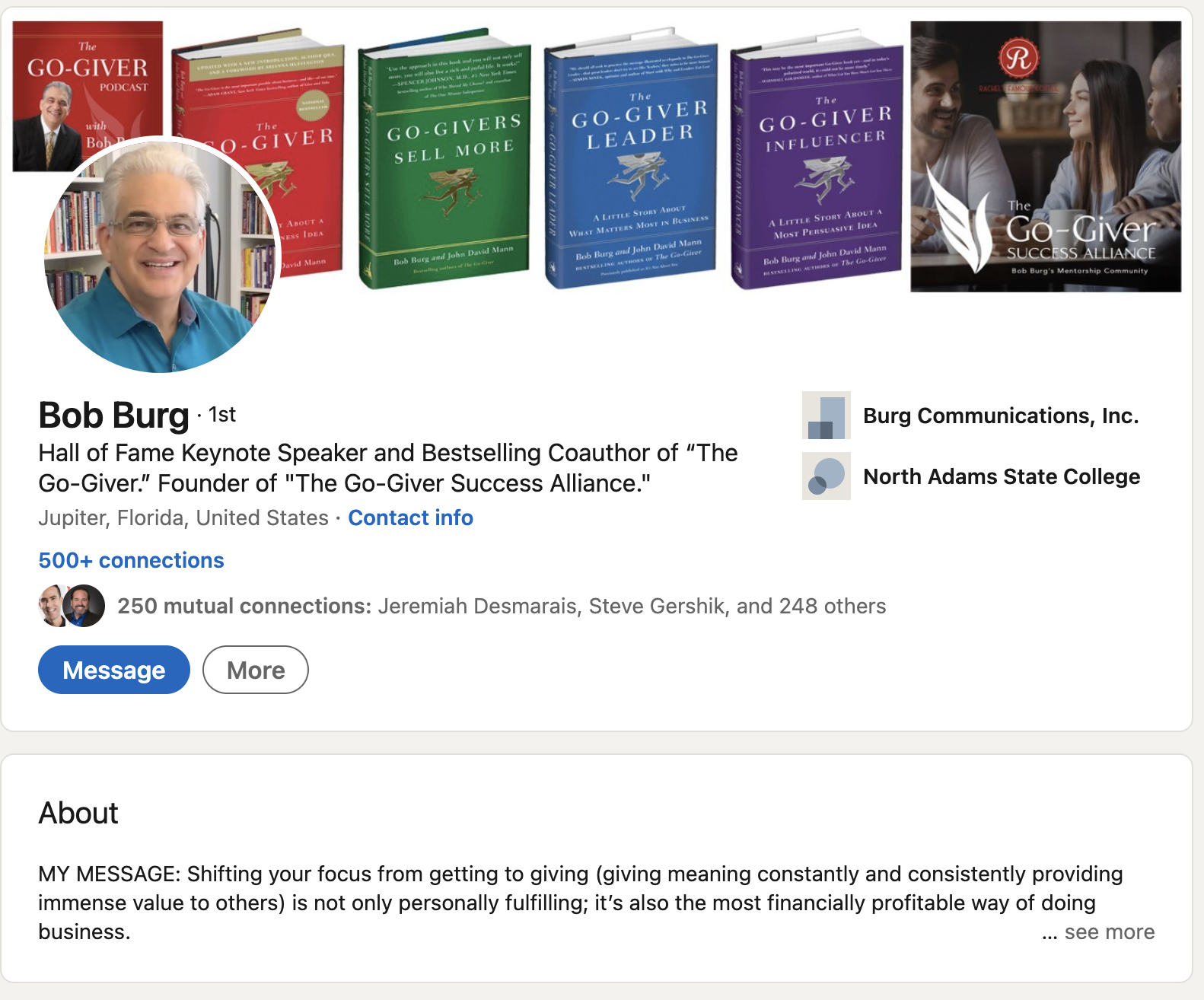
From the moment you look at Bob Burg’s header, you recognize he’s someone you want to know. From his popular Go-Giver series of books to his Go-Giver Success Alliance, he masterly explains what he’s about and his emphasis on giving value to others. His profile is written to be accessible. Notice how he organizes it by headings such as My Message and My Platform.
His profile engages with a rich buffet of materials from videos and articles to an impassioned, well-thought-out summary with a call to action at the end. Along with his 105 recommendations and numerous endorsed skills, he’s also given 76 recommendations to others, demonstrating his core giving principle.
Sandra Long
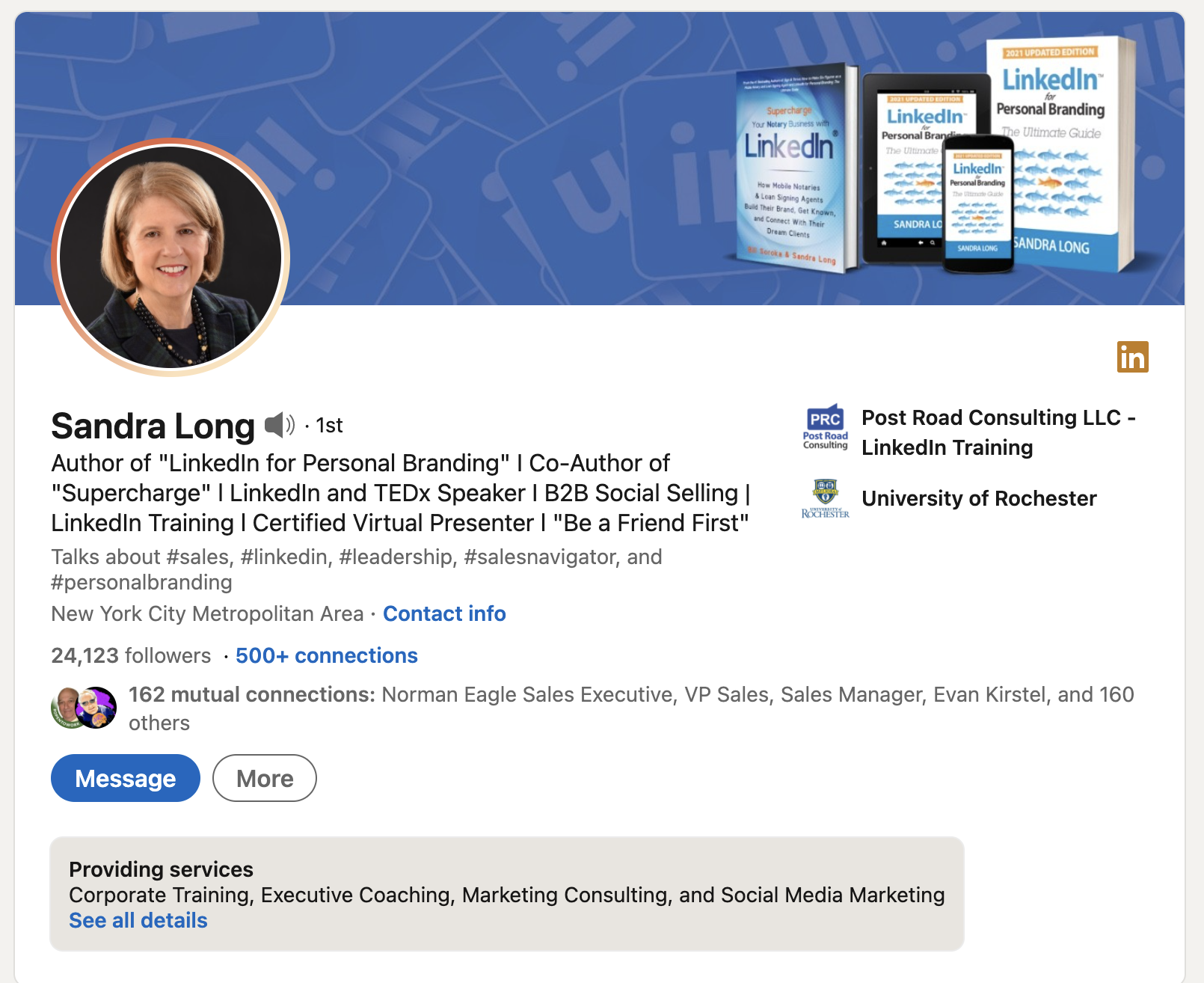
Right from her smiling, professional photo and cover image of her published books, Sandra Long makes it clear that she is an experienced professional with impressive experience. Without specifically mentioning how old she is, she acknowledges her age as a positive within her summary by mentioning that she was “among the early women pioneers in field sales” and an early adopter of LinkedIn for sales research — positioning herself as a LinkedIn sales expert. She uses emojis in a fun way in her profile and gives you a sense of her personality. You want to get to know her.
Hannah Morgan
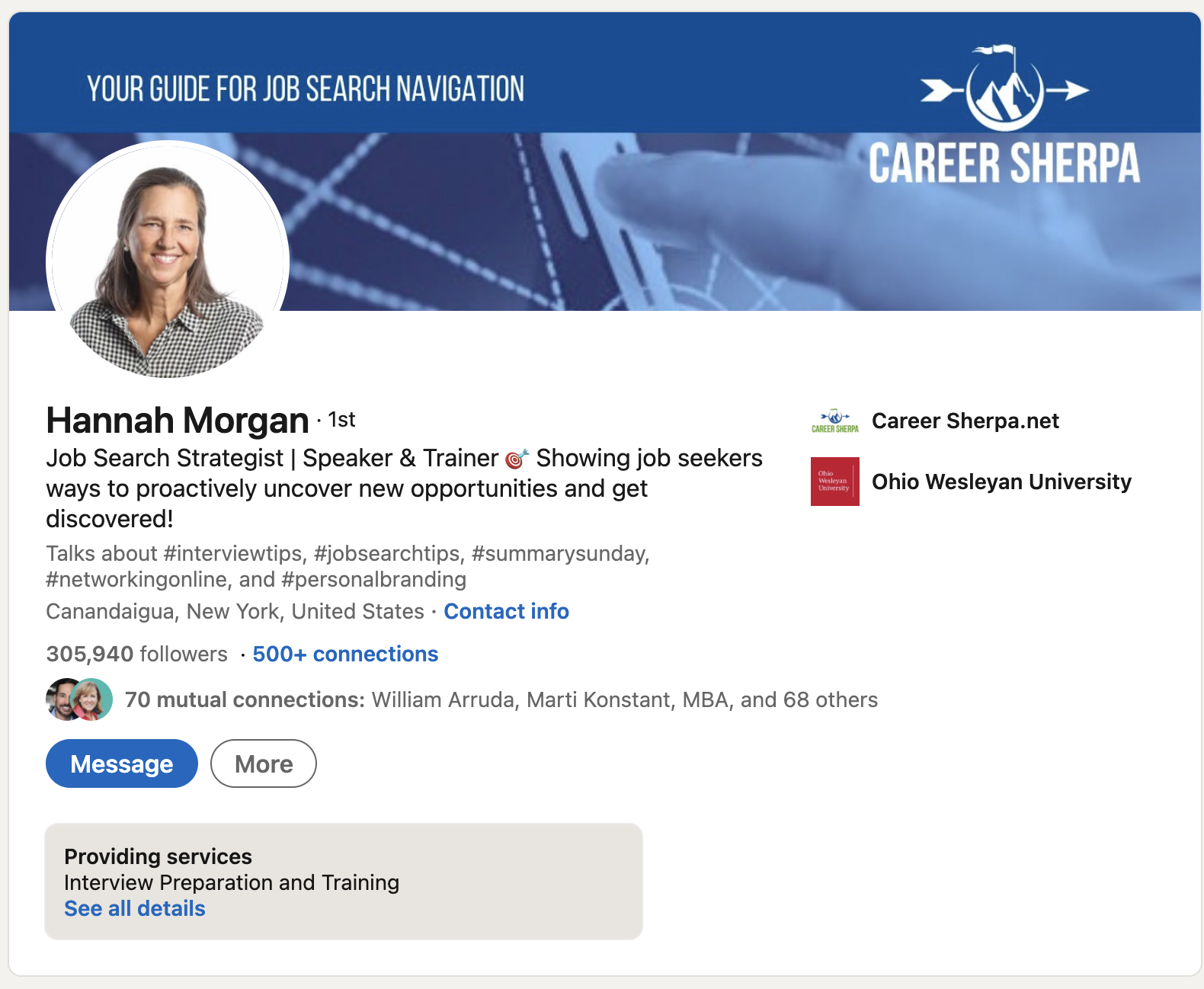
Right from her cover photo, Hannah Morgan shows off her biggest accomplishments — her expertise in the job search industry as well as her brand, Career Sherpa. Although she has all of these details front and center, she also strategically uses her About / Summary section to delve deeper into her passion for her job as well as details on what her role is. Her summary is engaging and with bullet headers making it easy to digest. Notice how she uses hyperlinked images on her current position enticing you to check it out. Although she has been in the workforce for three plus decades, she focuses on the relevant high points of her career.
Don’t let being an “older professional” hold you back
Remember, you have a lot to offer in any company. Don’t let people look down on the experience you have because of a silly number like age.
I seriously believe that LinkedIn can be the stepping stone you need as an experienced professional to snag the career you want. It is free and if you use its key features your profile will be seen by the right people.
When you know how to use it, your LinkedIn profile can be a major boost to you as an older professional. I hope these points and tips help you to forge ahead in your own job search and land the career that you want.
Photo by Souvik Banerjee on Unsplash

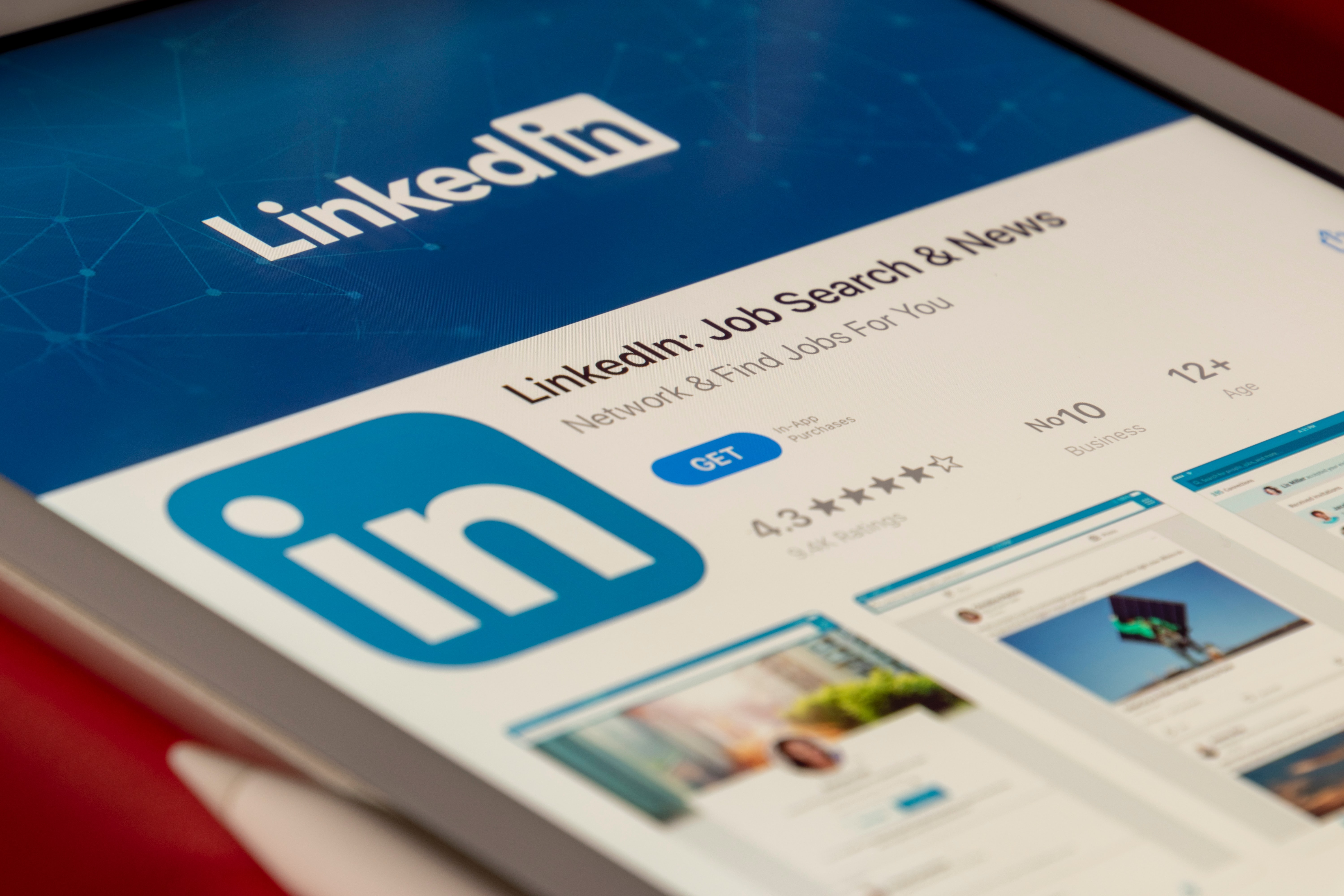
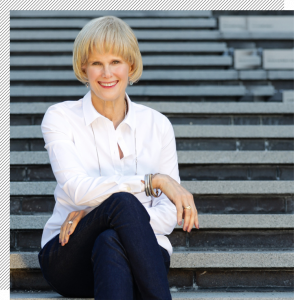
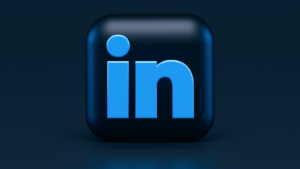


2 Responses
Wendy, thank you for sharing such fantastic wisdom and helpful ideas that we can immediately apply!
And what an immense honor to be mentioned, especially along with two true professionals, Sandra Long and Hannah Morgan!
WOW!
I love everything you’re doing, Bob, and the post wouldn’t have been complete without mentioning you!